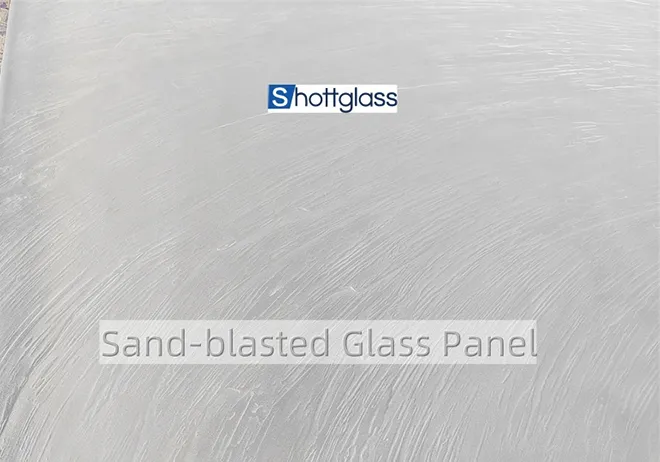Dec . 09, 2024 18:27 Back to list
Understanding the Benefits and Applications of Tinted Laminated Glass in Modern Architecture
The Benefits and Applications of Tinted Laminated Glass
Tinted laminated glass is an innovative material that has gained significant popularity in various architectural and automotive applications. It combines the advantages of tinted glass with the added safety and durability of laminated technology, making it a versatile choice for both residential and commercial projects. This article explores the benefits, applications, and considerations of using tinted laminated glass.
Understanding Tinted Laminated Glass
Tinted laminated glass consists of two or more layers of glass that are bonded together with an interlayer, typically made of polyvinyl butyral (PVB). The glass layers can be treated with tints during the manufacturing process, allowing for various levels of light transmission and color. The laminated structure not only adds strength but also enhances safety, as the interlayer holds the glass together even if it breaks.
Benefits of Tinted Laminated Glass
1. UV Protection One of the most significant advantages of tinted laminated glass is its ability to block harmful ultraviolet (UV) rays. This feature helps protect interiors from fading and damage caused by prolonged sun exposure, making it an excellent choice for residential homes, offices, and retail spaces.
2. Energy Efficiency Tinted laminated glass can reduce the amount of heat entering a building, thereby lowering cooling costs in warmer climates. By minimizing the reliance on air conditioning, this type of glass can contribute to overall energy savings and enhance the sustainability of a structure.
3. Improved Privacy Tinted options provide varying degrees of opacity, which can help improve privacy without sacrificing natural light. This is especially advantageous in urban settings, where buildings are often in close proximity to one another.
4. Sound Insulation The laminated structure of tinted glass also provides enhanced sound insulation. By reducing the transmission of external noise, it creates a more serene indoor environment, making it a popular choice for residential and commercial buildings near busy roads or lively urban areas.
5. Safety and Security In the event of breakage, laminated glass holds together due to the interlayer, reducing the risk of injury from flying shards. This safety feature is particularly important in high-traffic areas and is often a requirement in schools and hospitals.
tinted laminated glass

Applications
Tinted laminated glass is versatile and can be utilized in various applications, including
- Architectural Design It is widely used in building facades, windows, and skylights, providing both aesthetic appeal and functional benefits. - Automotive Industry Tinted laminated glass is used in car windshields and windows, enhancing safety and comfort for drivers and passengers.
- Balustrades and Railings Its strength and safety features make it ideal for use in balustrades and railings, providing safety without obstructing views.
- Interior Design Tinted laminated glass can be used for partition walls and decorative features within commercial spaces, adding a contemporary touch while dividing areas without sacrificing light.
Considerations
While tinted laminated glass has numerous benefits, there are some considerations to keep in mind. The level of tint can affect visibility and light transmission; therefore, it is essential to choose the right tint based on the specific needs of the project. Additionally, the cost of tinted laminated glass is generally higher than regular glass, which may affect budget-conscious projects.
Conclusion
Tinted laminated glass is a multifunctional building material that offers considerable advantages, from energy efficiency to enhanced safety and privacy. As architects and builders continue to prioritize sustainability and comfort in their designs, tinted laminated glass is likely to remain a staple in modern construction and automotive applications. Its ability to combine aesthetics with functionality makes it an invaluable asset in various settings, ensuring a bright and safe future in architectural design.
-
Safety and Style with Premium Laminated Glass Solutions
NewsJun.24,2025
-
Reinvents Security with Premium Wired Glass
NewsJun.24,2025
-
Premium Float Glass Line for Modern Architecture
NewsJun.24,2025
-
Low Emissivity Glass for Energy-Efficient Architecture
NewsJun.24,2025
-
High-Performance Insulated Glass Solutions for Modern Architecture
NewsJun.24,2025
-
Elevates Interior Style with Premium Silver Mirror
NewsJun.24,2025
Related PRODUCTS














